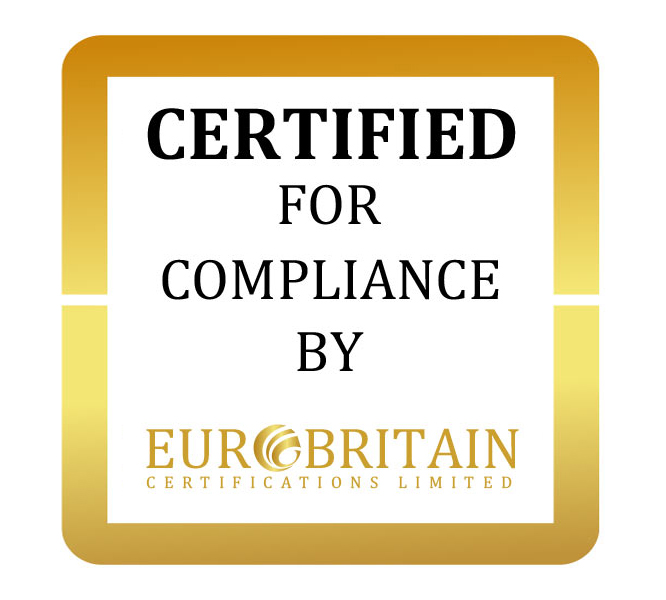
HACCP Certification – Food Safety Management System
The word HACCP (Hazard Analysis & Critical Control Point) confuses many people but, simply put, it refers to a system you must put in place to ensure the food you produce is safe. This system is called a food safety management system and must be based on the principles of HACCP.
Your food safety management system should allow you to identify and control any hazards that could pose a danger to the preparation of safe food. It involves identifying what can go wrong, planning to prevent it and making sure you are doing it. HACCP is a legal requirement but will also benefit your business.
Principles of HACCP
A food safety management system based on the principles of HACCP will enable hazards to be identified and controlled before they threaten the safety of food and your customers. There are 7 principles of HACCP:
1. Identify the hazards
Look at each step (e.g. purchasing, delivery, storage, preparation, cooking, chilling etc.) in your operation and identify what can go wrong e.g. Salmonella in a cooked chicken product due to cross contamination with raw meat (biological hazard), contamination of uncovered food with detergent(chemical hazard) or a piece of broken glass fallen into an uncovered food (physical hazard).
2. Determine the critical control points (CCPs)
Identify the points in your operation that ensures control of the hazards e.g. cooking raw meat thoroughly will kill pathogens such as E. coli O157.
3. Establish critical limit(s)
Set limits to enable you to identify when a CCP is out of control e.g. when cooking beef burgers, the centre of the burger must reach a minimum temperature of 75°C (or an equivalent time temperature combination e.g. 70°C for 2 minutes) to ensure pathogens are destroyed.
4. Establish a system to monitor control of the CCP
When CCPs and critical limits have been identified it is important to have a way to monitor and record what is happening at each CCP. Typically monitoring will involve measuring parameters such as temperature and time. However, how you monitor and how often will depend on the size and nature of your business. Monitoring should in all cases be simple, clear and easy to do e.g. probe refrigerated food to ensure that it is being maintained below 5°C.
5. Establish the corrective action to be taken when monitoring indicates that a particular CCP is not under control
When monitoring indicates that a CCP is not under control, corrective action must be taken e.g. the temperature of the food in a refrigerator rises to 10°C due to a technical fault. Discard the food and repair the refrigerator using the manufacturer’s instructions to ensure the correct temperature of 5°C is achieved.
6. Establish procedures for verification to confirm the HACCP system is working effectively
Review and correct the system periodically and whenever you make changes to your operation e.g. when replacing an oven verify that the time/temperature settings in the new oven achieves the minimum safe cooking temperature for a particular dish by probing the food.
7. Establish documentation concerning all procedures and records appropriate to these principles and their application
For the successful implementation of HACCP, appropriate documentation and records must be kept and be readily available. It is unrealistic to operate HACCP or to demonstrate compliance with the current legislation without providing evidence such as written records. As with HACCP itself, the complexity of the record keeping will very much depend on the nature and complexity of the business. The aim should be to ensure control is maintained without generating excessive paperwork.
Benefits of HACCP
HACCP provides businesses with a cost effective system for control of food safety, from ingredients right through to production, storage and distribution to sale and service of the final consumer. The preventive approach of HACCP not only improves food safety management but also complements other quality management systems. The main benefits of HACCP are:
- Saves your business money in the long run
- Avoids you poisoning your customers
- Food safety standards increase
- Ensures you are compliant with the law
- Food quality standards increase
- Organizes your process to produce safe food
- Organizes your staff promoting teamwork and efficiency
- Due diligence defence in court